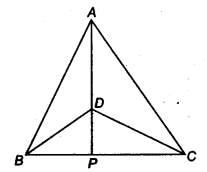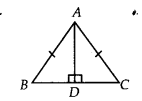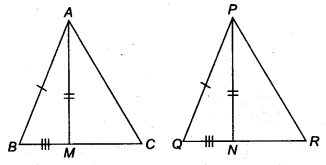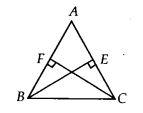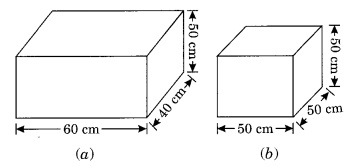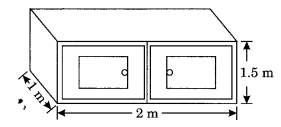EVENTS CONVENT High SCHOOL
25/01/2022 CLASS- 7 SESSION 2021-22
SUBJECT :HINDI
CHAPTER-4
______________________________________
बहुविकल्पी प्रश्नोत्तर
(क) कठपुतली कविता के रचयिता हैं
(i) मैथलीशरण गुप्त
(ii) भवानी प्रसाद मिश्र
(iii) सुमित्रानंदन पंत
(iv) सुभद्रा कुमारी चौहान
(ख) कठपुतली को किस बात का दुख था?
(i) हरदम हँसने का
(ii) दूसरों के इशारे पर नाचने का
(iii) हरदम खेलने का
(iv) हरदम धागा खींचने का।
(ग) कठपुतली के मन में कौन-सी इच्छा जागी?
(i) मस्ती करने की
(ii) खेलने की
(iii) आज़ाद होने की
(iv) नाचने की
(घ) पहली कठपुतली ने दूसरी कठपुतली से क्या कहा?
(i) स्वतंत्र होने के लिए।
(ii) अपने पैरों पर खड़े होने के लिए।
(iii) बंधन से मुक्त होने के लिए 106
(iv) उपर्युक्त सभी
(ङ) कठपुतलियों को किनसे परेशानी थी?
(i) गुस्से से
(ii) पाँवों से
(iii) धागों से
(iv) उपर्युक्त सभी से
(च) कठपुतली ने अपनी इच्छा प्रकट की|
(i) हर्षपूर्वक
(ii) विनम्रतापूर्वक
(iii) क्रोधपूर्वक
(iv) व्यथापूर्वक
(छ) कठपुतली गुस्से से क्यों उबल पड़ी
(i) वह आजाद होना चाहती थी
(ii) वह खेलना चाहती थी
(iii) वह पराधीनता से परेशान थी
(iv) उपर्युक्त सभी
(ज) “पाँवों को छोड़ देने का’ को अर्थ है
(i) सहारा देना
(ii) स्वतंत्र कर देना
(iii) आश्रयहीन कर देना
(iv) पैरों से सहारा हटा देना
उत्तर
(क) (ii)
(ख) (ii)
(ग) (iii)
(घ) (iv)
(ङ) (iii)
(च) (iii)
(छ) (iii)
(ज) (ii)
अतिलघु उत्तरीय प्रश्न
(क) कठपुतली को धागे में क्यों बाँधा जाता है?
उत्तर-
कठपुतली को धागे में इसलिए बाँधा जाता है जाकि उसे अपनी उँगलियों के इशारों पर नचाया जा सकें।
(ख) कठपुतलियाँ किसका प्रतीक हैं?
उत्तर-
कठपुतलियाँ ‘आम आदमी’ का प्रतीक हैं ताकि वे अपनी मर्जी का जीवन जी सके।
(ग) ‘कठपुतली’ कविता के माध्यम से कवि क्या संदेश देना चाहता है?
उत्तर-
‘कठपुतली’ कविता के माध्यम से कवि संदेश देना चाहता है कि आजादी का हमारे जीवन में महत्त्वपूर्ण स्थान है। पराधीनता व्यक्ति को व्यथित कर देता है। अतः स्वतंत्र होना और उसे बनाए रखना बहुत जरूरी है, भले ही यह कठिन क्यों न हो।
लघु उत्तरीय प्रश्न
(क) कठपुतली को गुस्सा क्यों आता है?
उत्तर-
कठपुतली को गुस्सा इसलिए आता हैं क्योंकि उसे चारों ओर से धागों से बंधन में बाँध कर रखा गया था। वह इसे बंधन से तंग आ गई थी। वह आज़ाद होना चाहती थी। वह अपनी इच्छानुसार जीना चाहती थी।
(ख) पहली कठपुतली की बात दूसरी कठपुतलियों को क्यों अच्छी लगी?
उत्तर-
अवश्य पहली, कठपुतली की बात सुनकर दूसरी कठपुतलियों को अच्छी लगी होगी। परतंत्र रहना किसी को पसंद नहीं। सभी स्वतंत्र यानी आजाद रहना चाहते हैं। सभी अपने-अपने मर्जी से काम करना चाहते हैं। किसी भी कठपुतली को धागे में बंधे रहना और दूसरों की मर्जी से नाचना पसंद नहीं था। यही कारण था कि पहली कठपुतली की बात दूसरी कठपुतलियों को अच्छी लगी होगी।
(ग) आपके विचार से किस कठपुतली ने विद्रोह किया?
उत्तर-
हमारे विचार से स्वतंत्रता के लिए सबसे छोटी कठपुतली ने विरोध किया होगा क्योंकि नई पीढ़ी ही सदैव बदलाव के लिए प्रयास करती है। इसी भावना से प्रेरित होकर उसने अपने बंधनों को तोड़कर स्वावलंबी बनने का प्रयास किया होगा।


